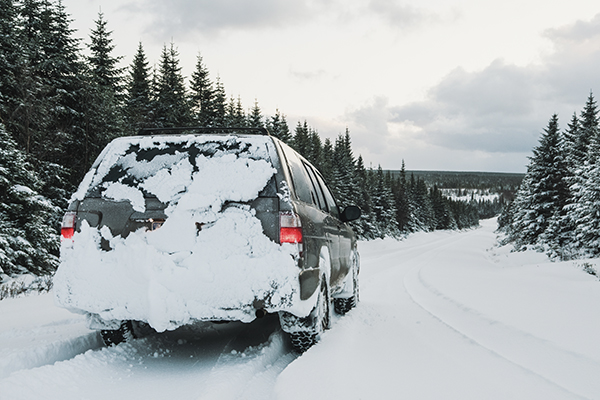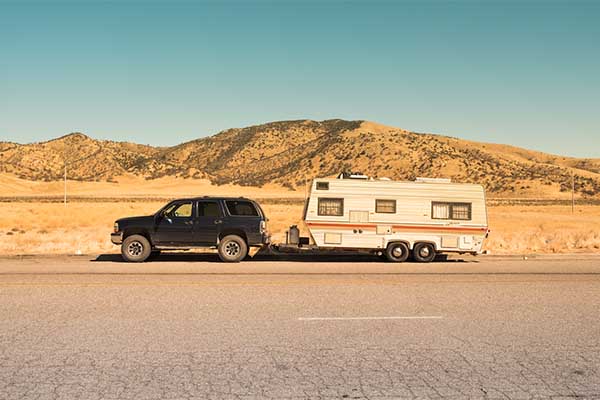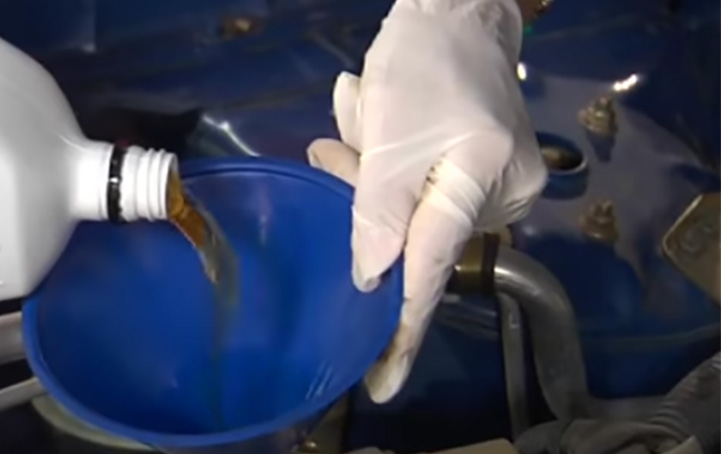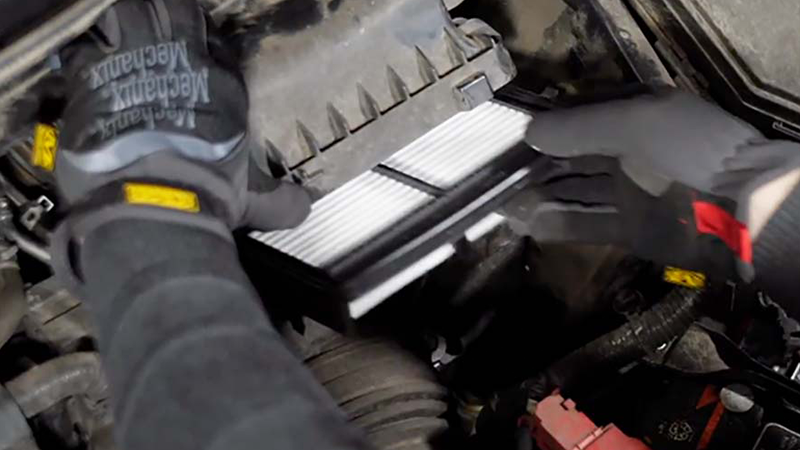Benjamin Franklin once said, “An ounce of prevention is worth a pound of cure.” The same is true for your vehicle, especially when it comes to its essential fluids and hoses. Regular maintenance checks of these items will contribute to the sustained health of your vehicle and reduce your risk of unpleasant automotive surprises down the road. But where to start? Here are a few things to keep in mind.
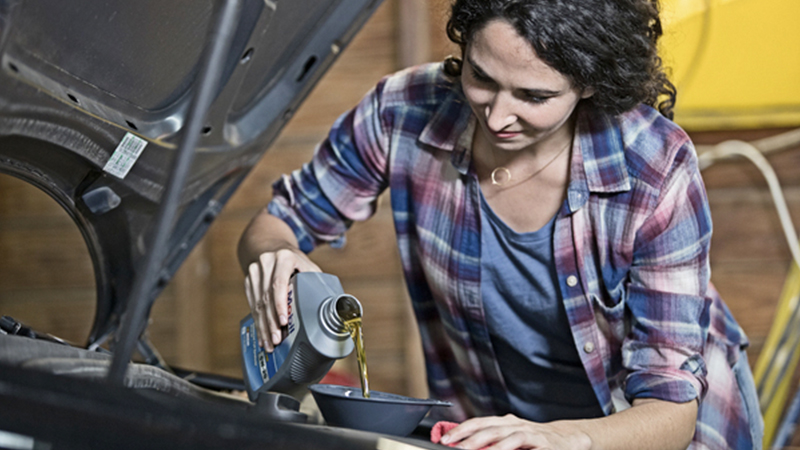
Essential fluids
High operating temperatures for your car, particularly during seasonal travel, mean more use of your air conditioner and an even stronger need to keep your engine well lubricated with enough coolant and oil. All fluid checks should be done while your engine is cold. This is VERY important because hot fluids can burn you.
All fluid checks should be done while your engine is cold. This is VERY important because hot fluids can burn you.
Coolant
To check your coolant, unscrew the radiator cap and make sure the level is where it should be according to the line on the tank. If you’re low, topping off with a pre-mixed 50/50 coolant will save you time and fuss.
Engine Oil
To check your oil, pull out the dipstick, wipe it down with a rag, and stick it back in. When you pull it out again, the oil should be at or above the line marked on the stick. If it’s too low, add a quart. Your owner’s manual will tell you what kind you need.
Windshield washer fluid
While you’re at it, check your windshield washer fluid. Your car may be able to survive without it, but a clear view of the road can be a life saver—literally. In most vehicles, washer fluid is blue and housed in a white plastic tank. Look on the side of the tank or open the cap covering the tank to check the fluid level.
After you've checked these fluids, you're ready to move on to some more commonly overlooked ones.
Belts, hoses and spare tires
Fluids aren't the only things that keep your vehicle running smoothly. Include these items in your regular inspections.
Serpentine belt
Your serpentine belt, also commonly referred to as a drive belt, is responsible for keeping several engine-mounted components running, such as the alternator, water pump, and power steering pump. Checking it with a flashlight for cracking, glazing and fraying is important for preventing some unwanted conditions. If your serpentine belt breaks while you're driving, that means you will lose your power steering, your engine is at risk of overheating, and your vehicle will be running on battery power alone. Replacing it is preferable, and it's a great project that requires little know-how.
Radiator hoses
If coolant is the life blood of your engine, then radiator hoses are the arteries. So, while you’re under your hood, check your radiator hoses for leaks or wear. Squeeze the hoses and make sure they’ve got some give to them. If they’re hard and brittle or cracked, they should be replaced. It’s an easy job and far preferable to breaking down on the side of the road when you’re headed out to the lake with the family.
Spare tire
As long as you’re taking stock of your vehicle’s essentials, you may as well check your spare tire. First, make sure you have a spare tire in your car. Many vehicle manufacturers these days are eliminating spare tires as a standard feature. If you have a spare tire, make sure it’s properly inflated. Don’t forget to keep a tire iron in your trunk, along with any other equipment needed to change a tire by the side of the road. You can read through your owner’s manual to get a feel for what it takes to do the job. If you don’t have a spare tire on your vehicle, consider carrying a tire repair kit.
Many vehicle manufacturers these days are eliminating spare tires as a standard feature.
Checking the fluids and hoses on your vehicle will save you money and hassle. They’ll also give you something you can't put a price on: peace of mind. Are there easy hose and fluid checks you perform on your vehicle? Leave us a comment.



